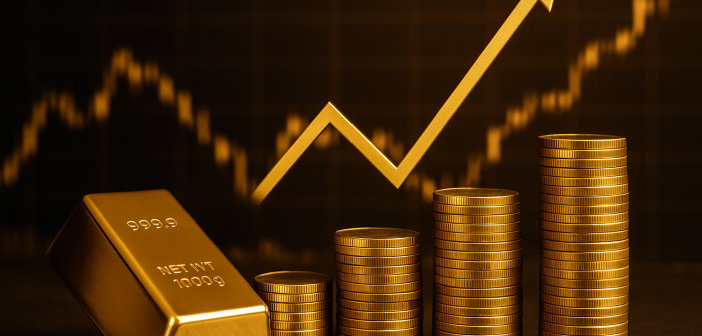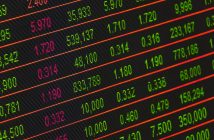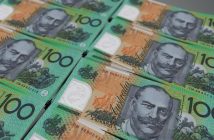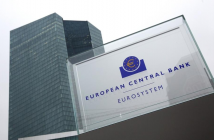Gold prices have shown an impressive rally: in 2024 they grew by 26%, and in 2025 the upward momentum continued, reaching peaks above $3,890 per ounce without significant corrections. This is driven by a combination of structural factors that ensure steady demand and minimize the risks of pullbacks. Below are the key objective reasons, based on the analysis of leading financial sources. These factors are not one-off, but systemic, which explains the absence of corrections for many months.
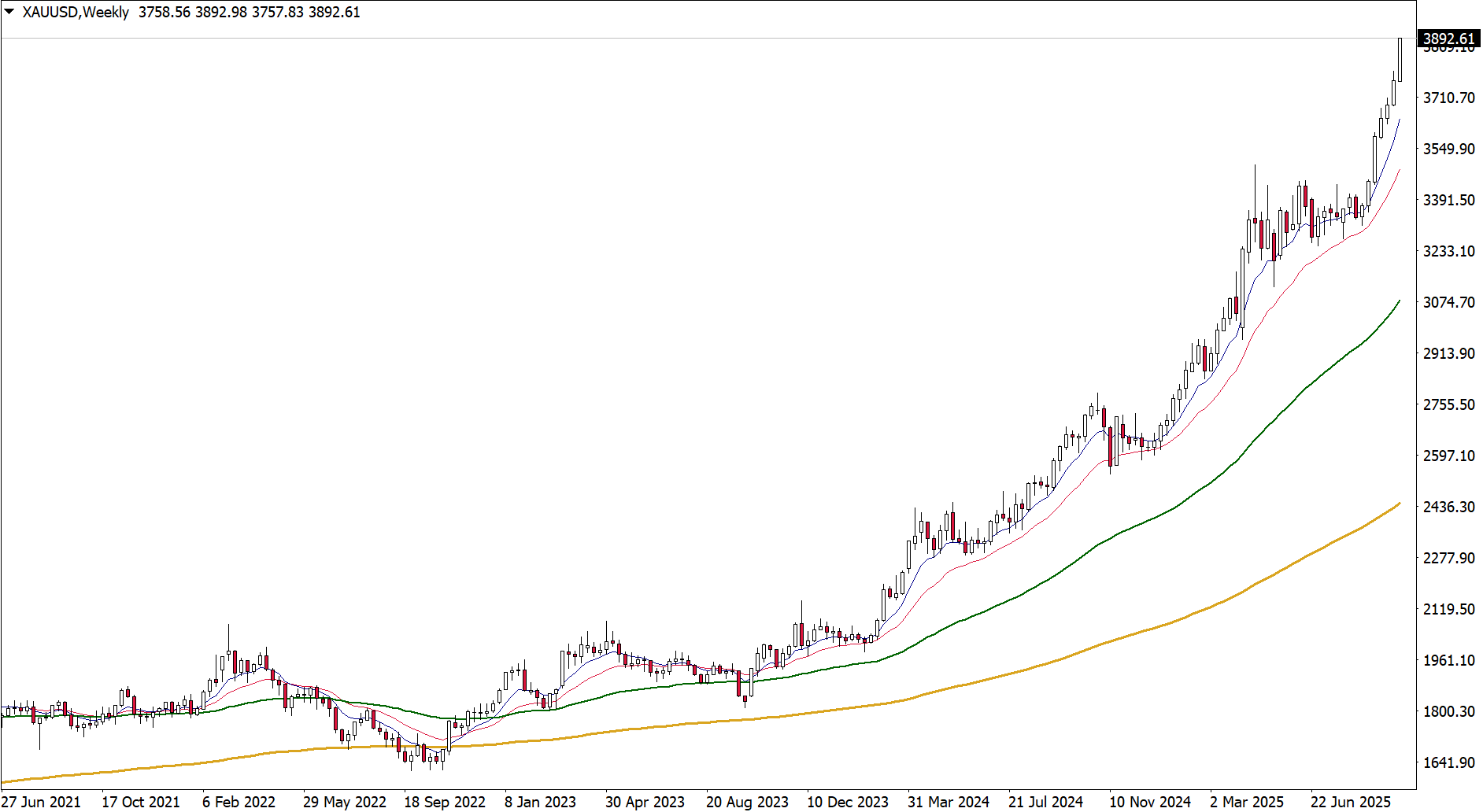
1. Geopolitical risks and global uncertainty
The escalation of conflicts (in the Middle East, in Ukraine), trade disputes (including U.S. tariffs under Trump), and political instability stimulate demand for gold as a “safe haven”. This creates a steady capital inflow, regardless of interest rates.
In 2025 such risks intensified, which led to a 30% increase since the beginning of the year without pauses.
2. Record demand from central banks
Central banks (China, Russia, India, Turkey, Poland) are actively increasing gold reserves to diversify away from the U.S. dollar — in 2025, purchases are expected to reach about 900 tons, or 710 tons quarterly. This is a structural trend, similar to the period after the 2008–2009 crisis, which ensures a stable rise in prices without corrections.
3. Weakening of the U.S. dollar
The Dollar Index fell by ~8% since the beginning of 2025 (to around 100), making gold cheaper for foreign buyers and signaling doubts about U.S. economic leadership. This directly correlates with the rise in gold prices, supporting the trend without pullbacks.
4. Persistent inflation and rising expectations
Inflation in the U.S. remains at 2.3% (above the Fed’s 2% target), and Trump’s tariff policy may worsen it. Gold acts as a hedge against currency depreciation, which strengthens demand under stagflation conditions (stagnation + inflation). Inflation expectations contributed to about 6% of price growth at the end of 2024, and the trend continues.
5. Monetary policy and interest rates
Fed rate cuts in 2024 (in September, November, and December) stimulated growth, and in 2025 expectations of further adjustments (albeit slower) continue to provide a favorable environment for gold. Low real yields make gold more attractive than bonds, minimizing correction risks.
6. U.S. government debt growth and investor preference shift
High Treasury yields (10-year — 4.5%, 30-year — 5%) amid a weaker dollar encourage investors to move into gold as an alternative asset. Rising institutional demand (through ETFs) and market sentiment in volatile conditions add resilience to the trend.
| Factor | Contribution to Growth (approx.) | Why No Corrections? |
|---|---|---|
| Geopolitics | 20–30% | Ongoing global risks |
| Central Banks | 9–15% | Structural demand ~900 t/year |
| USD Weakness | 8–10% | Systemic pressure on the dollar |
| Inflation | 6–10% | Hedge against long-term depreciation |
| Fed Rates | 15–20% | Favorable outlook for 2025 |
| Debt / Sentiment | 10–15% | Shift away from traditional assets |
Forecasts (J.P. Morgan, ANZ) point to further growth: an average price of $3,675/oz by the end of 2025, with potential up to $4,000 by mid-2026. If factors intensify (e.g., new tariffs), corrections are unlikely in the coming months.

